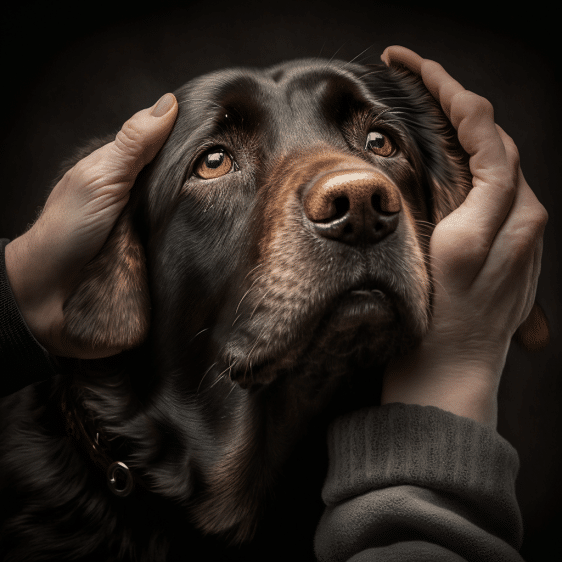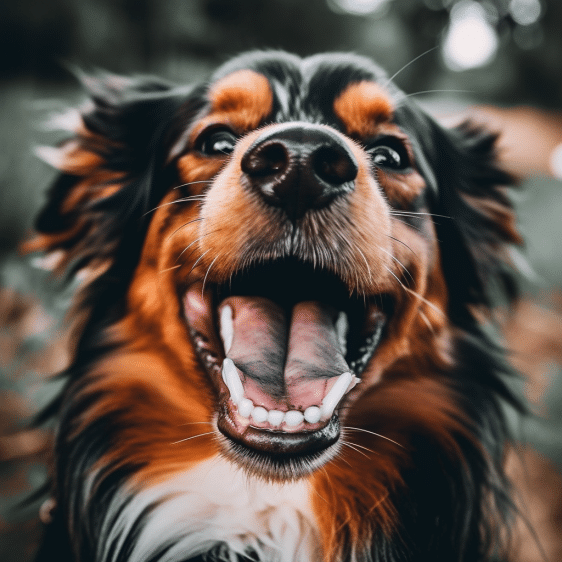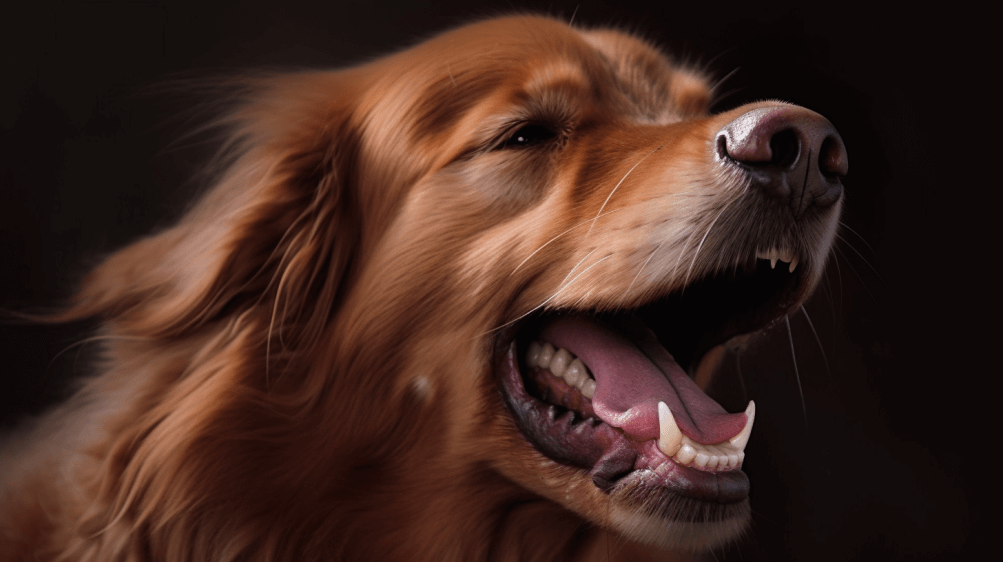Hey there, fellow dog lover! If you’re like me, you adore giving affection to our four-legged friends.
But did you know there’s a right way to pet a dog?
Yep, that’s right! Learning the proper petting technique is essential to build trust and strengthen your bond with these lovable creatures. So, let’s dive in and discover how to pet a dog like a pro.
Understanding Dog Body Language
Before you reach out to pet a dog, it’s crucial to read their body language. Dogs have various ways to communicate their feelings, and understanding these cues can make all the difference in creating a positive interaction.
A relaxed and receptive dog will have a loose and wagging tail, a relaxed body posture, and may pant or have an open mouth. Their ears may also be in a neutral or relaxed position.
On the other hand, a fearful or anxious dog might have a tucked tail, stiff body posture, or even growl and show their teeth.
Their ears could be pinned back, and they may exhibit whale eye (when the whites of their eyes are visible). Remember, always pay attention to these cues to ensure a positive and stress-free experience for both you and the dog. And you can read more about anxiety in dogs in this article from Purina.
Approaching the Dog
When approaching a dog, respect their space and let them come to you. Avoid direct eye contact, as this can be intimidating and even perceived as a threat. Instead, turn your body sideways and lower yourself to their level. This non-threatening posture will make them feel more at ease.
Offer your hand for them to sniff, with your palm facing up and your fingers curled inward. This simple gesture allows the dog to familiarize themselves with your scent and is a polite way of asking for permission to pet them. If they seem disinterested or move away, respect their wishes and give them space.
Identifying Petting Preferences
Every dog is unique and has its preferred petting areas. Typically, they enjoy being petted on the chest, shoulders, or the base of their tail. These areas have large muscle groups and can handle more pressure, making the experience more enjoyable for the dog.
Avoid touching their face, head, paws, or tail, as these areas can be sensitive and may make the dog uncomfortable. Watch the dog’s reaction to your touch. If they lean in, nudge you for more, or wag their tail, you’re on the right track! However, if they move away, yelp, or show signs of discomfort (like whale eye, pinned ears, or lip licking), it’s best to stop and give them space.
Proper Petting Techniques
Now that you know where to pet a dog, let’s talk about the right way to do it. Always use a gentle and calm touch, stroking in the direction of their fur growth. Long, slow strokes are the way to go, as they’re soothing and comforting for the dog. Avoid patting or thumping, as these actions can startle or irritate them.
Pay attention to the pressure you’re applying as well. Some dogs prefer a lighter touch, while others may enjoy a firmer stroke. Gauge their reaction and adjust your technique accordingly.
Advanced Petting Tips
Once you’ve mastered the basics, you can try some more advanced petting techniques! Ear rubs, belly rubs, and back and shoulder massages are all great ways to pamper your pooch. Just remember to be consistent with your approach, as building trust takes time and patience.
To give an ear rub, gently hold the base of the ear between your thumb and fingers, rubbing in small circles. For a belly rub, wait for the dog to roll over and
expose their belly willingly. Then, use gentle, long strokes to rub their tummy. Keep an eye on their body language to ensure they’re enjoying the experience.
For a back and shoulder massage, place your hands on either side of the dog’s spine, applying gentle pressure while moving your hands in small circles. You can also experiment with various massage techniques, like kneading or light tapping, to see what your furry friend prefers.
Just remember that each dog is unique, and their preferences may change over time. Pay close attention to their reactions and adjust your technique accordingly.
Safety Precautions
No matter how experienced you are, safety should always come first. Continuously monitor the dog’s body language and be prepared to stop if they show any signs of aggression, like growling, snarling, or a stiff posture.
Additionally, always supervise children when they’re petting a dog, teaching them the same techniques and precautions you’ve learned.
Explain the importance of respecting the dog’s space, approaching them calmly, and reading their body language. This will help them develop a healthy relationship with dogs and promote responsible pet interactions.
Lastly, never pet an unfamiliar dog without the owner’s permission. They know their dog best and can inform you about any potential behavioral issues, sensitivities, or health concerns.
Conclusion
Petting a dog is more than just a feel-good activity—it’s an opportunity to connect and communicate with your furry friend.
By being respectful and mindful of their preferences, you’ll strengthen your bond and create a lasting, positive relationship.
So go ahead, put these tips to the test, and enjoy some quality petting time with your favorite canine companion!
Remember, every interaction is a chance to deepen your connection and make your beloved pooch feel cherished and secure.
If you want to take your relationship to the next level with your dog, why not check out our review of this awesome online dog training program?!




